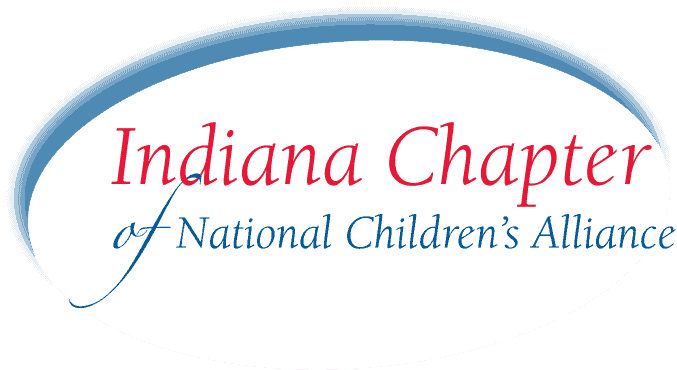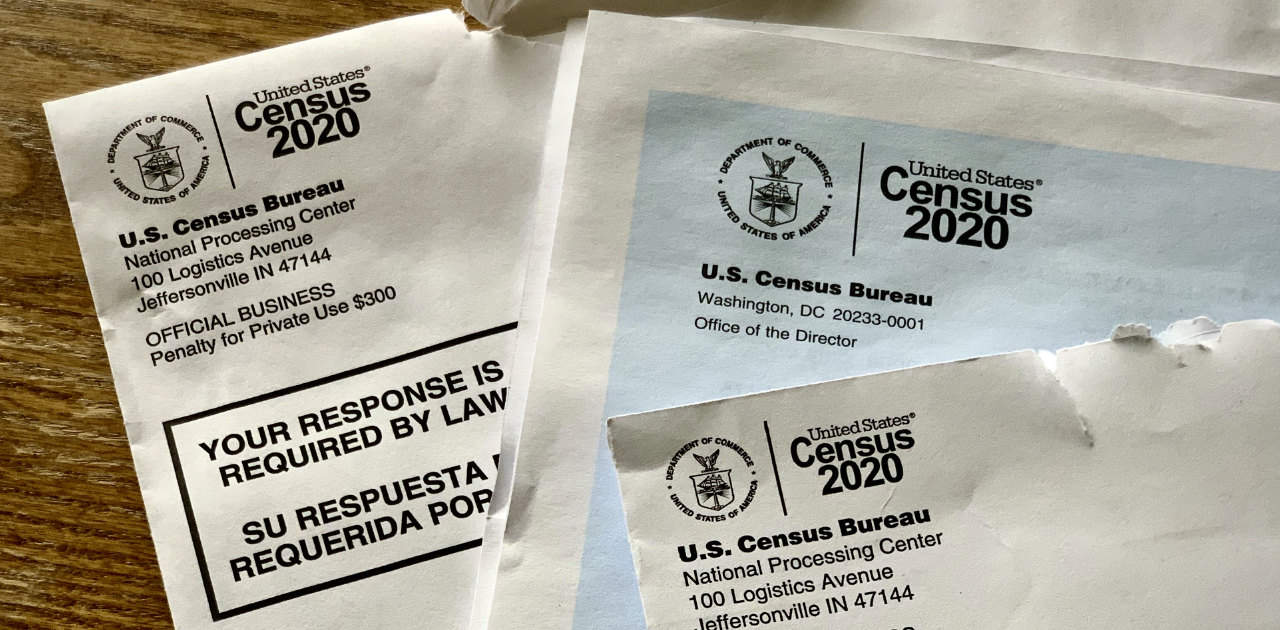Census data from 2020 is likely to reshape at least some parts of Indiana’s response to child abuse and maltreatment. Fourteen of Indiana’s fifteen smallest counties by population saw a continued decline in population over the last decade. Those counties are Switzerland, Greene, Parke, Pulaski, and Randolph, with an average decrease of about 7%. Randolph County, with 24,502, just opened a new child advocacy center last year.
Indiana residents largely responded to the U.S. Census Bureau with about 70% responding, 13th in the nation. The national average is 66.5%. Crawford County’s 54.1% is the lowest in the state and Dubois County highest at 80.7%.
Much of the census data will draw attention to legislative apportionment—the process of redistricting house and legislative seats based on population. But Indiana’s early data shows a more centralized population will impact child welfare agencies.
State population increases
Indiana’s population grew, mostly due to non-white residents:
- Indiana saw a 4.7% increase in population in the last decade, up from 6.48 million residents to 6.79 million, or about 310,000 people.
- Indiana has about 5.2 million white residents, down from 5.7 million ten years ago.
Population growth happened mostly in central Indiana:
- Johnson County increases 15.8%
- Hancock County increases 14.1%
- Hendricks County increases 20.2%
- Boone County increase 25%
- Hamilton County increases 26.5%
Other central Indiana counties in the metro area saw a much smaller increase. Morgan County grew by 4.2%, roughly the same as the state average. Shelby County saw a 1.4% increase.
“The increase in non-white residents means CACs must continue to improve their outreach and understanding of traditions and cultural needs,” says Indiana Chapter Director Jan Lutz. “As CACs continue to expand mental health care services,” as one example she notes, “Having an understanding of what that means for a young Black youth to discuss issues is different than it is for a white youth.”
One example that has been observed by mental health professionals is a fear among hispanic and latino children—who often have culturally strong and large nuclear families—to disclose abuse by a family member. “Recognizing the reasons for a child’s apprehension or beliefs is critical for all of us in our abuse prevention and response efforts. We must be able to communicate and serve everyone appropriately,” says Lutz.
Some counties showed interesting changes:
- Tippecanoe County, home to Purdue University, grew 7.8%.
- Monroe County, home to Indiana University’s flagship campus, grew 1.3%. Census officials note the closure of college campuses as one reason for anemic or declining populations in college communities. In six Hoosier counties, the student population makes up more than 10% of the total population, led by Monroe County with 29%.
- Bartholomew County, home to Cummins manufacturing in Columbus, grew 7.1%. Neighboring Jackson County grew 9.6%, likely a result of people commuting to Columbus for work.
- Clark and Floyd Counties in suburban Louisville grew 9.8% and 7.9% respectively.
- Counties along northern Indiana’s border with Michigan—and the South Shore Line to Chicago—grew from as little as .5% in Lake County to 8.9% in LaGrange County.
Indiana’s population is increasingly urban or suburban. CACs covering some of the fastest-growing areas of the state are also among the smallest in size and staff. Child abuse statistics rarely correlate to income, so even among wealthier suburban communities, CACs will need to keep pace with growth.
“Sometimes people think ‘there just aren’t that many’ non-white kids or families in an area,” says Lutz. “But that’s just not true. CACs owe it to their communities to fully develop a deep understanding of the cultural history, norms, fears, and aspirations of the people they serve.”

